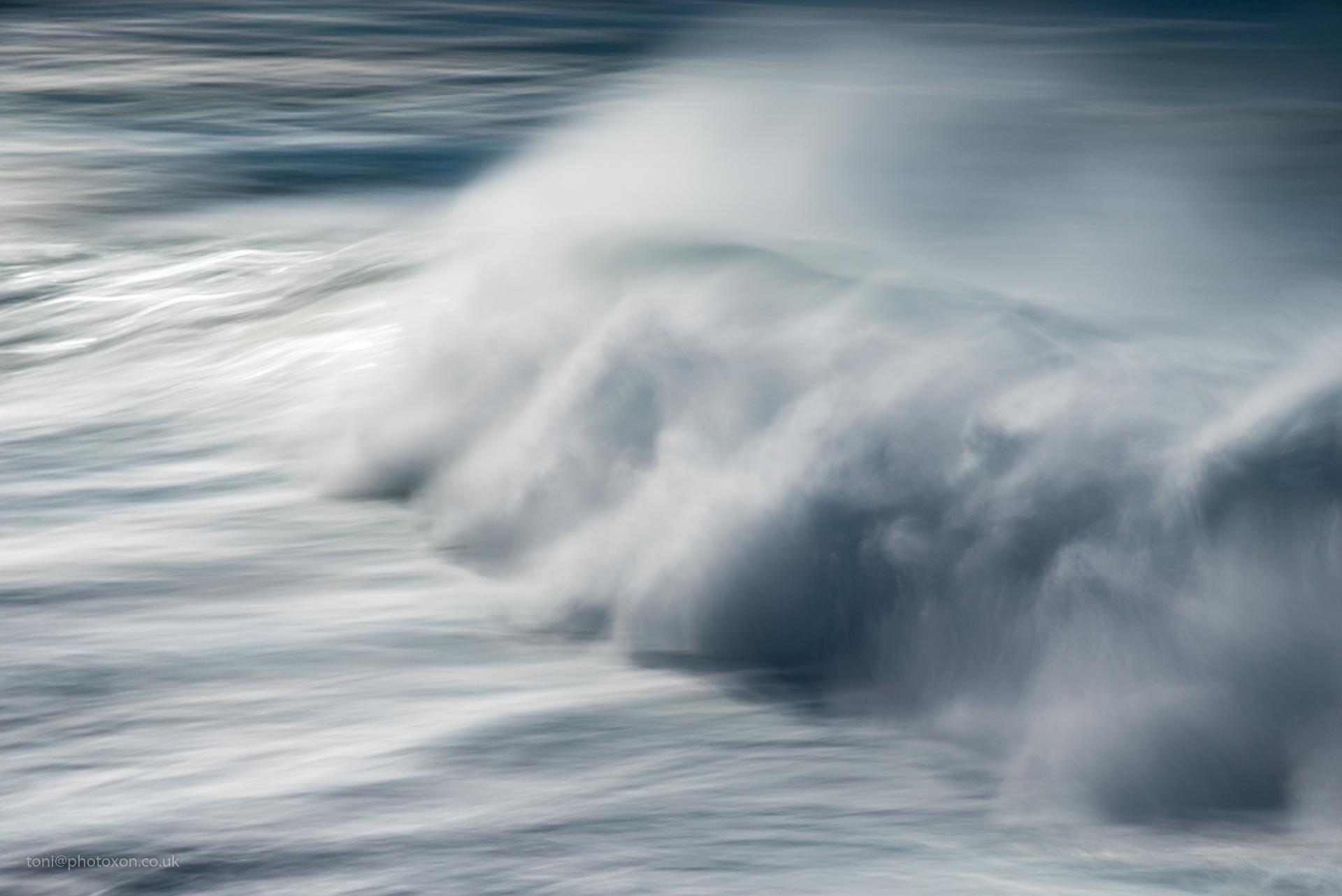This has been an interesting discussion and I appreciate the way people have handled it.
I think ultimately, it shows that we all have our own way of seeing things, which in itself brings variety to our photography.
Personally, I have no problem in seeing an instant in time when looking at a waterfall or fast flowing river, but it would appear not everyone "sees" in the same way.
Let me also say that I'm not totally against long exposure photography, and I must admit ownership of a 10-stop ND filter myself.
However, apart from "trying it out" I have never found any occasion on which I have wanted to use it.
The thing that I find irritating is the sheer number of long exposure "smooth water" photos that are around and that the authors somehow think think they are being "creative" to use such an overdone technique. I think it's a case of "Oh look, there's a bandwagon - lets all jump on it." and the first person to devise the technique has a lot to answer for.
I think long exposure water just for the sake of it, is a technique that has run its course, and it's time we moved on.
I'm not saying it doesn't have it's place, it's just that I'd prefer to see a little more variety, and realism, in our photos.
 Bowmans Bridge 4 by Toni Ertl, on Flickr
Bowmans Bridge 4 by Toni Ertl, on Flickr Fuerteventura redux Waves-9168 by Toni Ertl, on Flickr
Fuerteventura redux Waves-9168 by Toni Ertl, on Flickr Making waves-9300 by Toni Ertl, on Flickr
Making waves-9300 by Toni Ertl, on Flickr Making waves-9434 by Toni Ertl, on Flickr
Making waves-9434 by Toni Ertl, on Flickr Porthcurno by Brian Gibson, on Flickr
Porthcurno by Brian Gibson, on Flickr